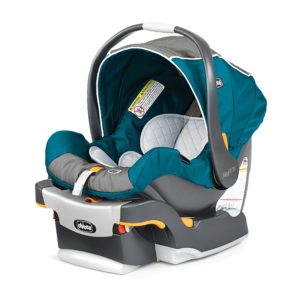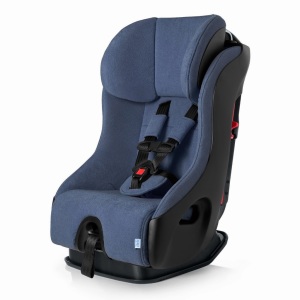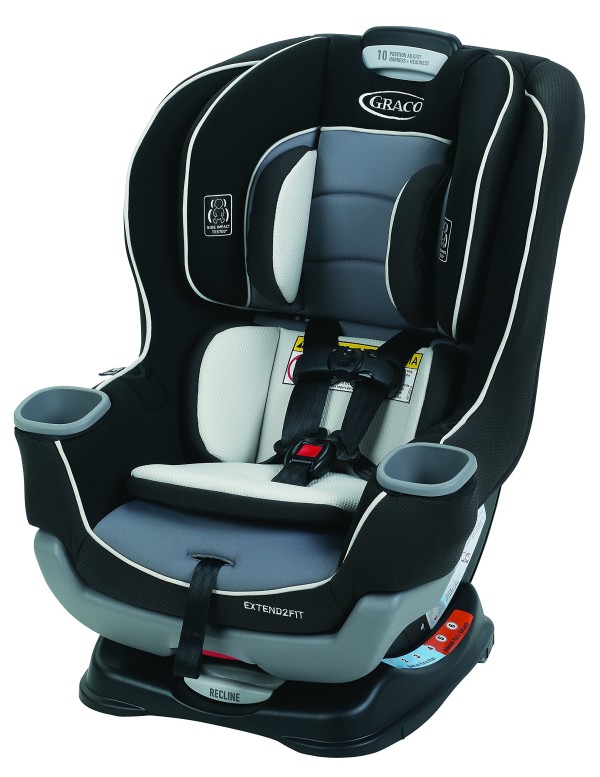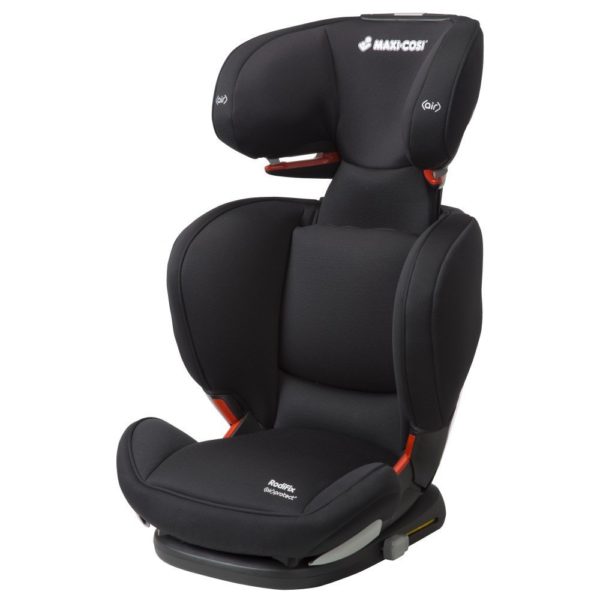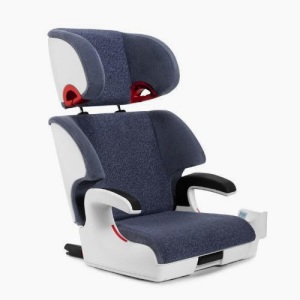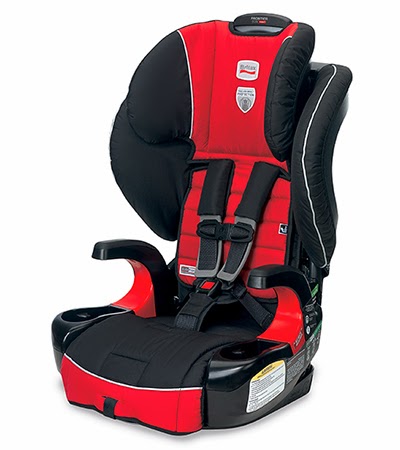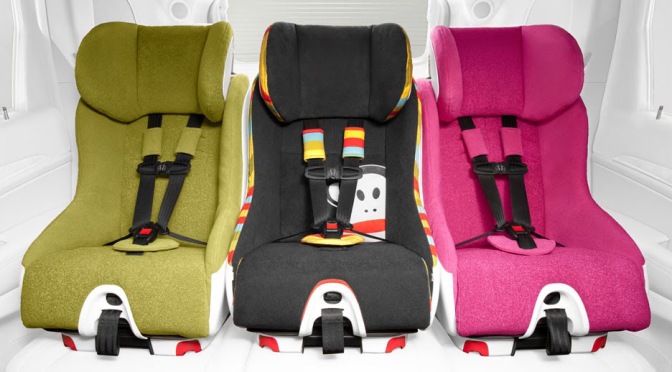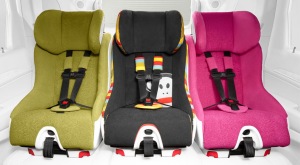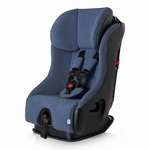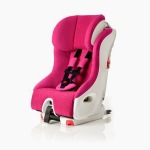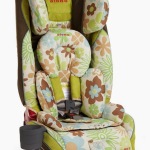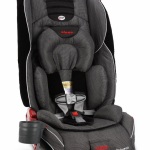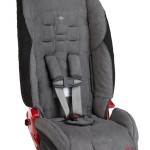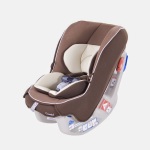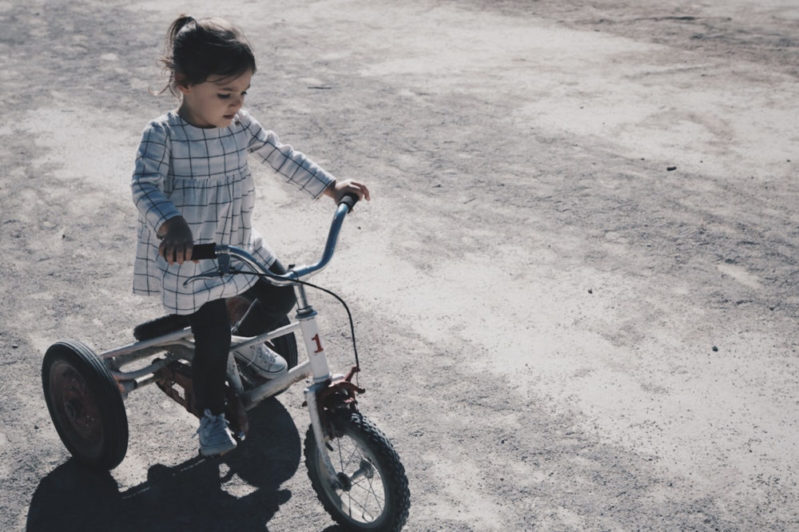
One of the most frequent questions I get via email involves whether or not it’s okay to place kindergärtners in seat belts. In case you don’t have the time to read further, it isn’t. Another frequent question along the same lines is whether kindergartners can safely use booster seats. This answer is far less black-and-white, but typically, if you’re asking the question, the answer for your child should be “no” (I’ll go into why shortly). A final question are from parents who know that no kindergarten-aged child should use a seat belt and that many at that age aren’t yet capable of using booster seats safely; the question here at this stage typically involves whether forward-facing seats are the best choice for kindergartners or whether they should still be rear-facing. My answer here is the most controversial: it’s fine to forward-face, but it’s still better to rear-face if your child continues to fit his or her car seat by weight and height.
That was the short version. Let’s look at each of these questions in detail below. And as a reference, “kindergartner” in this article primarily refers to a typically-developing child between the ages of 5 and 6, but it also applies to 4-year-olds, who also attend kindergarten depending on cutoff dates in a number of states, provinces, boroughs, and territories across the US, Canada, and elsewhere in the world.
Is it safe, okay, or legal to put kindergärtners in seat belts? If not, why shouldn’t a kindergarten-aged child use a seat belt?
This isn’t my favorite question to answer because it’s one that makes the best (at least the child is restrained at all) of a bad situation (it’s an inappropriate restraint). On the other hand, it can serve as a conversation starter for parents and caregivers, and even if many who hear an answer they don’t like hearing tune it out, there are always some parents who make safer decisions after acquiring new information, so it’s always worth trying to spread and share best practices.
First of all, it’s not safe to put kindergärtners in seat belts.
Yes, it’s safer than having them bouncing around the back (or front) seat unbelted, but at the same time, it also exposes them to a number of unnecessary and potentially fatal risks. Why? Because seat belts are designed for adults and adolescents. The lap belt is designed to cross the lap while lying on the thighs while the shoulder belt is designed to cross from the waist past the shoulder blade. The shoulder belt isn’t the big worry here in a crash; it’s the lap belt. A kindergarten-sized child will have such a belt across her stomach, which means that in a crash, she runs a high risk of either a.) “submarining”, i.e., slipping completely out from beneath the seat belt due to the inertia she’ll carry in a crash or b.) suffering a number of internal organ injuries due to the belt crushing her stomach as she flies into it at 20, 30, 40, 50, 60, 70…mph. Neither scenario is one we want our kids exposed to, and both scenarios can easily lead to fatalities or to children suffering lifelong debilitating injuries or paralyses. Seat belts are never a good idea for kindergarten-aged kids unless you simply no other options besides seat belts or traveling unrestrained…and in those situations, I’d recommend walking unless it’s literally a life and death situation.
So no, it’s not safe, and it’s not okay. That said, it is legal in many states.
Due to a combination of an insane car culture and representatives more interested in (insert lobbyist-drafted proposal here) than in protecting our population from the dangers of metal boxes hurled at each other all day long at high speeds, many states don’t explicitly require child car seats beyond infancy; a few require some form of child restraint for some years afterward, but you’re almost guaranteed to be able to travel anywhere in the US without risking being pulled over for having a kindergartner in a seat belt.
But now you know better, it’s time to do better. Which brings us to the next stage of kindergartner auto safety enlightenment…
Is it safe, okay, or legal to put kindergärtners in a booster seat? If not, why shouldn’t a kindergarten-aged child use a booster?
 I vastly prefer this question to the previous, because it indicates that the parents are at least using some form of car seat, or are considering doing so. The answer is also far less black-and-white than the seat belt question (which, once again, is no). Is it safe to booster a kindergartner? The answer is maybe, but generally not. Or in other words, it depends.
I vastly prefer this question to the previous, because it indicates that the parents are at least using some form of car seat, or are considering doing so. The answer is also far less black-and-white than the seat belt question (which, once again, is no). Is it safe to booster a kindergartner? The answer is maybe, but generally not. Or in other words, it depends.
I recently wrote about Swedish policies regarding car seat use. In one of the two wealthy countries on Earth where children are least likely to die from car traffic (the other being Norway), the standard practice is to move children directly from rear-facing seats into high-back booster seats, with no forward-facing seat stage in between.
However, children are regularly rear-faced until 4 or 5 in Sweden. So what gives?
In Sweden, the reasoning is that harnessed seats a.) aren’t any safer than booster seats once kids reach an appropriate age for their use, and b.) that harnessed seats may increase neck loads due to restraining the body but not the head (which is the same reasoning behind the creation and use of HANS devices in auto racing) compared to seat belts in booster seats, which allow a more fluid movement of the torso and head. In the US, despite widespread advocacy for forward-facing seats over boosters, studies have yet to show a safety difference between harnessed seats and booster seats once children are old enough to sit properly in either (i.e., straight and centered).
The question then becomes not whether booster seats are safe for kindergartners, but whether your kindergartner can sit safely in a booster seat, even while asleep. Some children can do so by 5. Most children can do so by 7. Almost no children will do so at 4. The Swedes make it work at 5 by using high-back boosters, which keep kids’ heads positioned properly even when asleep. However, this still requires a child who will sit responsibly while awake. You have to know your children to know when this will be feasible for them.
So is it okay? It depends on your child. Is it legal? Throughout the United States, yes.
Personally, I think two of the best dedicated boosters on the market today are the Clek Oobr and Maxi-Cosi RodiFix, and I’d give the edge to the RodiFix because, like most Swedish car seats (and European ones in general), it doesn’t feature cup holders. The lack of arm rests also means your kids won’t get the seat belts stuck on them while buckling themselves in. If you’re on a smaller budget, the Britax Parkway also does a great job. Whichever seat you choose, it’s worth looking for ones that include LATCH connectors, as these will allow you to permanently attach the seats to your vehicle, preventing them from becoming projectiles when they aren’t buckled in.
The remaining questions are easier to answer; they’re just ever-higher levels of safety.
Is it safe, okay, or legal to forward-face kindergärtners? If not, why shouldn’t a kindergarten-aged child be forward-facing?
 Yes, it’s safe, okay, and legal to forward-face kindergärtners. The only practical reasons why a kindergarten-aged child shouldn’t be forward-facing are if a.) she no longer fits her seat by height or weight, or b.) you have the opportunity to continue rear-facing in her current seat. It takes the work out of figuring out whether or not your child is ready for a booster seat; you just buckle her into the seat and continue using it until she outgrows it.
Yes, it’s safe, okay, and legal to forward-face kindergärtners. The only practical reasons why a kindergarten-aged child shouldn’t be forward-facing are if a.) she no longer fits her seat by height or weight, or b.) you have the opportunity to continue rear-facing in her current seat. It takes the work out of figuring out whether or not your child is ready for a booster seat; you just buckle her into the seat and continue using it until she outgrows it.Is it safe, okay, or legal to rear-face kindergärtners? If not, why shouldn’t a kindergarten-aged child be rear-facing?
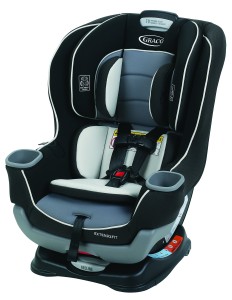
Finally, while very few people in the US would entertain the idea of rear-facing a kindergärtner, this is ultimately the safest option out there. Rear-facing doesn’t stop being much safer than forward-facing when children grow older; it’s safer at all stages of life, and that includes in adulthood. However, it becomes increasingly difficult as kids enter the elementary years simply because there are very few seats with the height and weight limits necessary to accommodate children in these sizes. However, there are a few out there.
In Sweden, you can buy car seats that allow you to rear-face all the way to 55 pounds, potentially allowing rear-facing until 6 or even longer. In the US, our best seats–such as the Graco Extend2Fit, Clek Fllo, Diono Rainier, Clek Foonf–allow you to rear-face until 50 pounds, which is a great improvement over how the car seat scene looked just a few years ago here. Fifty pounds will be enough to allow you to make it until at least 4 or 5, which is how long you’ll find the typical Swedish child rear-facing. The kids don’t protest it there because their parents treat it as normal, as do their grandparents and everyone else they come into contact with.
Among the US seats, the Extend2Fit is my favorite example for this phase, as it not only features one of the highest weight limits at 50 lbs, it also features the highest height limit (it’s 49″, or the same as the forward-facing height limit), which means you’ll might even be able to rear-face until 6 or 7 if you really want to, depending on the height and weight of your child. Growth charts indicate that a 50th percentile boy or girl (the charts are the same) won’t reach 50 pounds until age 7 and 49″ until 7.5.
In summary, rear-facing a kindergärtner is the safest option out there. It’s okay if you choose to do so, and yes, it’s legal. It’s our approach with our children–just as it is in Sweden.
—
If you find the information on car safety, recommended car seats, and car seat reviews on this car seat blog helpful, you can shop through this Amazon link for any purchases, car seat-related or not. Canadians can shop through this link for Canadian purchases.

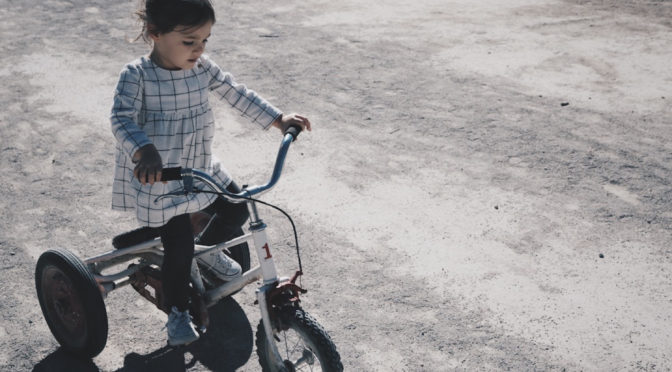





 If you find my information on best practices in car and car seat safety helpful, you can
If you find my information on best practices in car and car seat safety helpful, you can 

